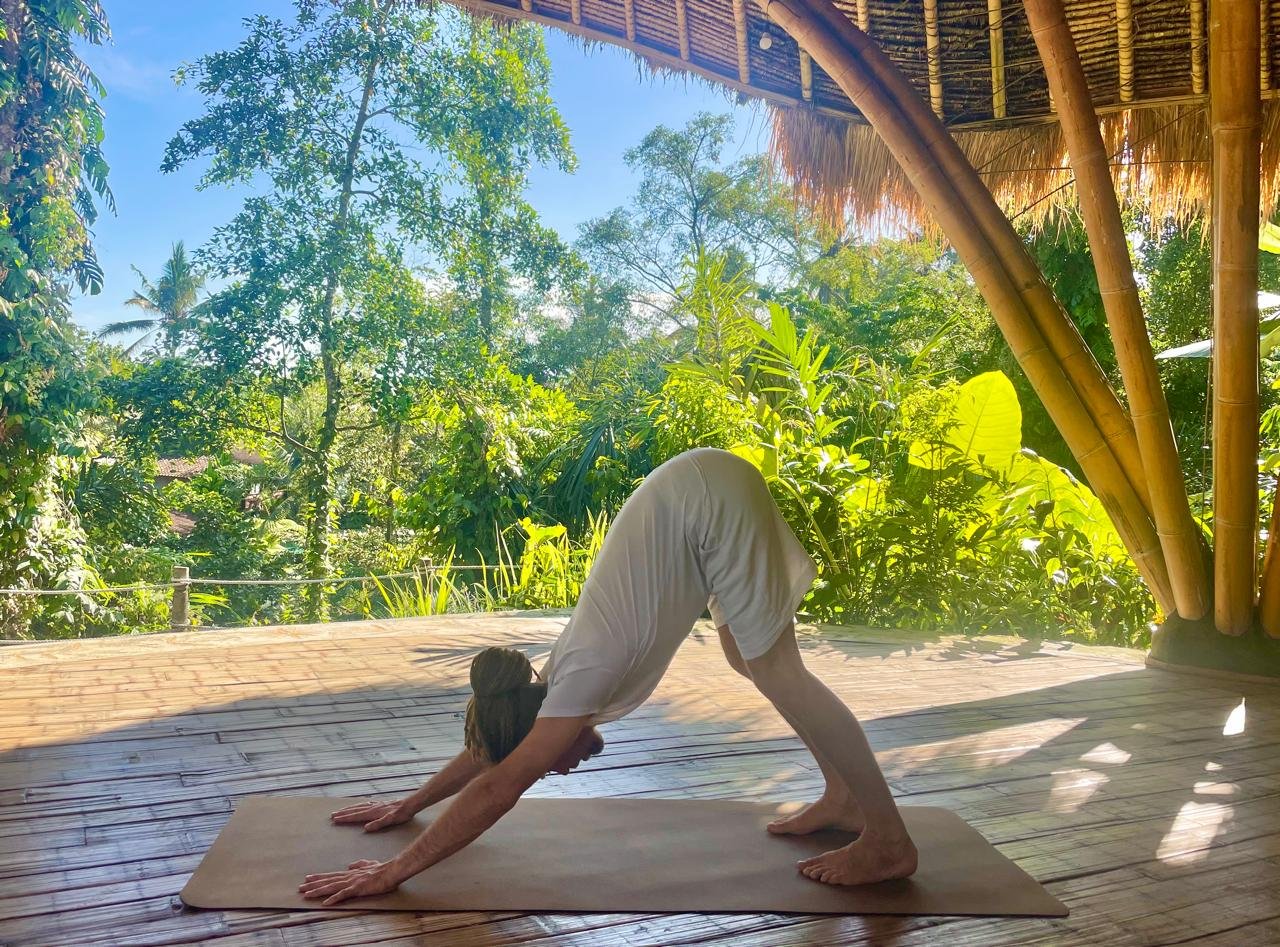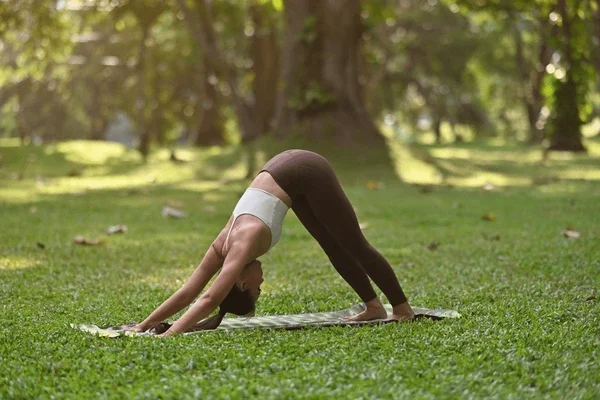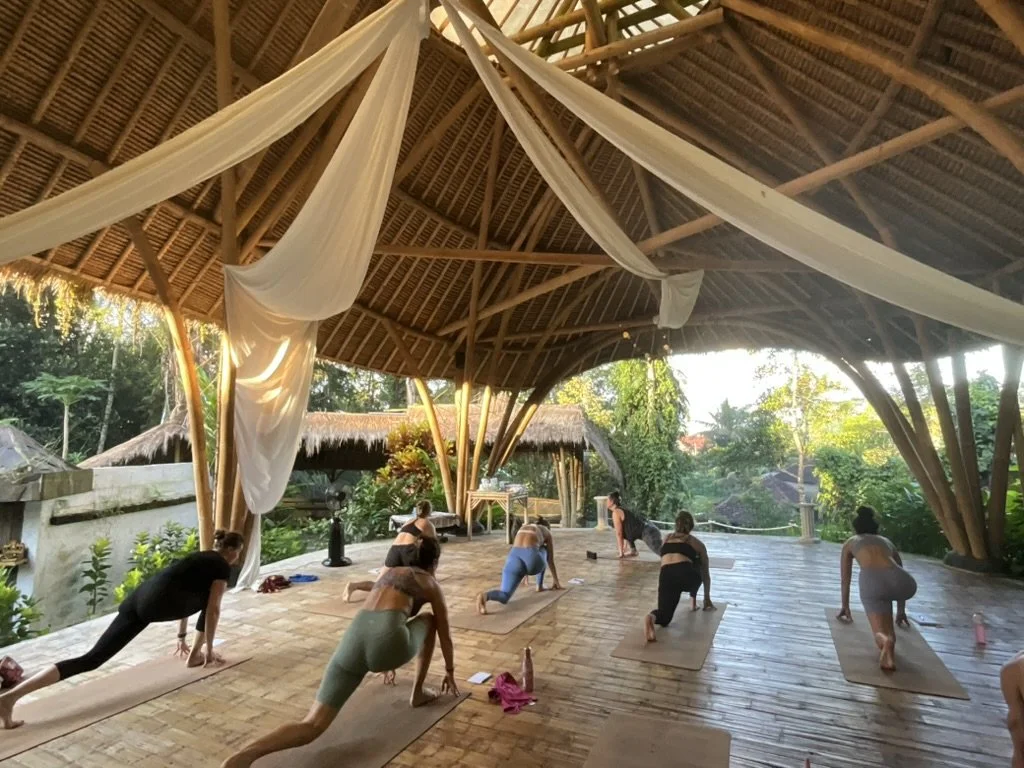5 Reasons Downward Dog Pose Feels Uncomfortable—and How to Fix It
Downward Dog—also known as Adho Mukha Svanasana—is one of the most recognisable Yoga poses out there. Whether you're stepping into your very first Yoga class or flowing through a dynamic Vinyasa, it's likely this posture will meet you again and again.
But here’s the catch: while it might look simple, Downward Dog often feels anything but.
For many beginners, and even seasoned practitioners, this pose brings up questions. Why do my wrists hurt? Why do my heels hover like stubborn clouds? Why does this "resting pose" make me feel anything but rested?
If you’ve ever silently asked those questions while holding Downward Dog, you’re not alone. This foundational pose is rich with subtle alignment details—and learning how to truly inhabit it can transform the way you move and feel on the mat.
Beyond the Shape: Why Downward Dog Matters
Adho Mukha Svanasana is more than a transition between standing and floor-based poses. When approached with awareness, it becomes a powerful checkpoint—both physically and mentally.
Physically, it strengthens the upper body, opens the back body, and encourages length through the spine. Energetically, it acts as a gentle inversion, calming the nervous system while increasing circulation to the brain. But perhaps most importantly, it offers us the chance to pause and observe.
It's in these pauses that we start to understand how we're really doing. Are we tense or tired? Are we rushing or resisting? Are we breathing, or just holding on?
The pose gives us a moment of stillness in motion—and that’s why it deserves attention.
What’s Really Making It Feel Awkward?
There are a few common alignment issues that tend to show up in Downward Dog. Recognising them is the first step to working through them.
Wrist pressure: Too much weight in the hands causes discomfort. Try shifting your hips further back and actively pressing through all parts of your palm, not just the heels of your hands.
Rounded spine: If your hamstrings are tight, they may pull your lower back into a curve. Bend your knees to lift your sit bones and find more length in the spine.
Over-focusing on heels: Many students try to force their heels to the ground, which can compromise alignment. Heels don’t have to touch—focus on reaching the spine rather than flattening the feet.
Tension in the neck or shoulders: If your shoulders creep toward your ears, gently draw them away and soften the neck to release unnecessary effort.
Understanding these patterns makes a big difference in both comfort and long-term sustainability.
Building Your Foundation, One Breath at a Time
Like any skill in Yoga, Downward Dog improves with practice—but it also improves with patience. Instead of pushing for the “perfect shape,” aim to explore what supports your unique structure.
That might mean using props, bending the knees more, or softening expectations of what the pose "should" look like. Props, in particular, are often overlooked but incredibly helpful.
Some helpful ways to modify:
Place a rolled-up towel under the wrists to reduce strain
Use yoga blocks under the hands to raise the floor and reduce pressure
Keep the knees bent and feet wider apart for more stability and space
Practise at the wall to explore the shape without bearing full body weight
Over time, your version of Downward Dog becomes less about chasing a shape—and more about finding support and ease in your body.
Why We Take Our Time With This at SKY
At SKY Yoga and Meditation, we believe foundational poses deserve more than just a passing mention. We take the time to unpack them, explore them in our bodies, and understand their purpose—not just how to perform them, but how to feel them.
In our daily classes and our Yoga Teacher Training programs, we revisit poses like Downward Dog often, using breath, props, anatomy, and self-inquiry to support each student in finding their own alignment—one that is safe, sustainable, and rooted in presence.
Whether you’re a beginner working through stiffness, or a teacher-in-training refining your cues, learning how to inhabit this pose well is a gift that ripples through the rest of your practice. Send us an email or WhatsApp us directly for more details or a fast answer to your questions.
For more Yoga education, practice tips, and behind-the-scenes from our trainings, follow us on Instagram.



